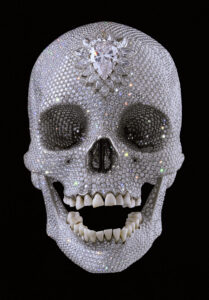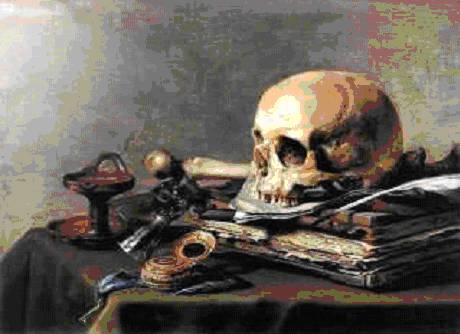
A banned D&G advertisement for Fall/Winter 2006.
In a Stockholm newspaper DN October 30, 2007 were an interesting article on redefining luxury, it’s changing premises and its spreading to the middle class rather than being exclusive to the ”absurdly affluent”. I can’t help seeing the new D&G advertising for their latest collection in this light. It is quite obvious that they are trying to reach a different crowd than those who bought the original LV bags of the 1920s and crossed the Atlantic twice a year to spend the summer season in France, so much is clear.
Print advertisements for Dolce & Gabbana (D&G) clothing, fashionably un-affective in expression but featuring a knifing, have been banned in Britain by UK’s Advertising Standards Authority after drawing 166 complaints. D&G explained that its latest collection was designed to evoke the Napoleonic period and that the related advertisement took its inspiration from well-known paintings by Delacroix and David. The advertisements had run in the US, Europe, China, Hong Kong and Japan without complaint. Continue reading ”Dolce & Gabanna: Lets do street violence in style, 2007”

